Siemens is a well-known multinational company that operates in a variety of industries, including energy, healthcare, transportation, and industrial automation. Siemens was founded in 1847 and has since grown into a global corporation with operations in many countries. Siemens is known for its innovative products and services, and it has been recognized as one of the world’s most sustainable companies.
In this article, we will give an overview of Siemens PLC which is a very small portion of Siemens’s various products in the industrial automation sector.
Contents:
- Siemens in industrial automation.
- Siemens Different PLCs families.
- Overview of Siemens S7 PLCs.
- Simatic S7-1200.
- Simatic S7-1500.
- Simatic S7-300.
- Simatic S7-400.
- Simatic S7-ET 200 CPU
- Why are there a lot of different models?
- How to decide which type of S7 PLCs best fits my application?
- Conclusion.
Siemens in Industrial Automation
Siemens is a leader in the field of industrial automation and is known for its high-quality products and solutions. The company offers a wide range of industrial automation products, including programmable logic controllers (PLCs), human-machine interfaces (HMIs), variable frequency drives (VFDs), and industrial communication networks.
Siemens also provides software solutions for industrial automation, such as the Totally Integrated Automation TIA Portal, which is an engineering framework that integrates all automation software tools in one platform. Also, Siemens has developed its own Industrial Internet of Things (IIoT) platform called MindSphere, which enables the collection and analysis of data from connected devices in industrial environments.
Siemens Different PLCs families
Siemens have two main families of PLCs that were developed and they are:
- Simatic S5 family of PLCs
- Simatic S7 family of PLCs
The Simatic S5 series was Siemens’ previous generation of PLCs, and it is still in use in some older industrial systems. But is no longer manufactured.
The Simatic S7 series is the current Siemens PLC. It offers a wide range of CPUs with varying levels of performance and functionality to meet different automation needs. The S7 series is known for its reliability, robustness, and flexibility, and is widely used in industries such as automotive, food and beverage, and pharmaceuticals.
Overview of Siemens S7 PLC
Siemens S7 generation of PLCs offers a wide range of CPUs with different levels of performance and functionality to meet the demands of different industrial automation processes, these CPUs will belong to one of the below sub-families:
Simatic S7-1200
The Simatic S7-1200 is a compact PLC designed for small to medium-sized applications. It offers a flexible and cost-effective automation solution with its compact design, integrated communication, and programming options.
Simatic S7-1500
The Simatic S7-1500 is a high-performance PLC designed for medium to large-scale applications. It offers advanced functionality such as motion control, safety, and security, making it suitable for complex automation tasks.
Simatic S7-300
The Simatic S7-300 is a modular PLC that can be easily adapted to a wide range of applications. It offers high processing power, extensive communication options, and a wide range of I/O modules, making it a popular choice for many industries.
Simatic S7-400
The Simatic S7-400 is a high-performance PLC designed for demanding applications that require high processing power and extensive communication capabilities. It offers a large number of I/O modules, redundancy options, and advanced diagnostics, making it suitable for complex automation tasks.
Simatic S7-ET 200SP
The Simatic S7-ET 200SP is a compact remote I/O system that can be easily integrated with other Simatic S7 PLCs. It offers a high degree of flexibility, scalability, and modularity, making it suitable for various automation applications.
When you create a new project in TIA Portal and try to add a new device, you can find all the available and supported CPUs from different S7 families. See picture 1.
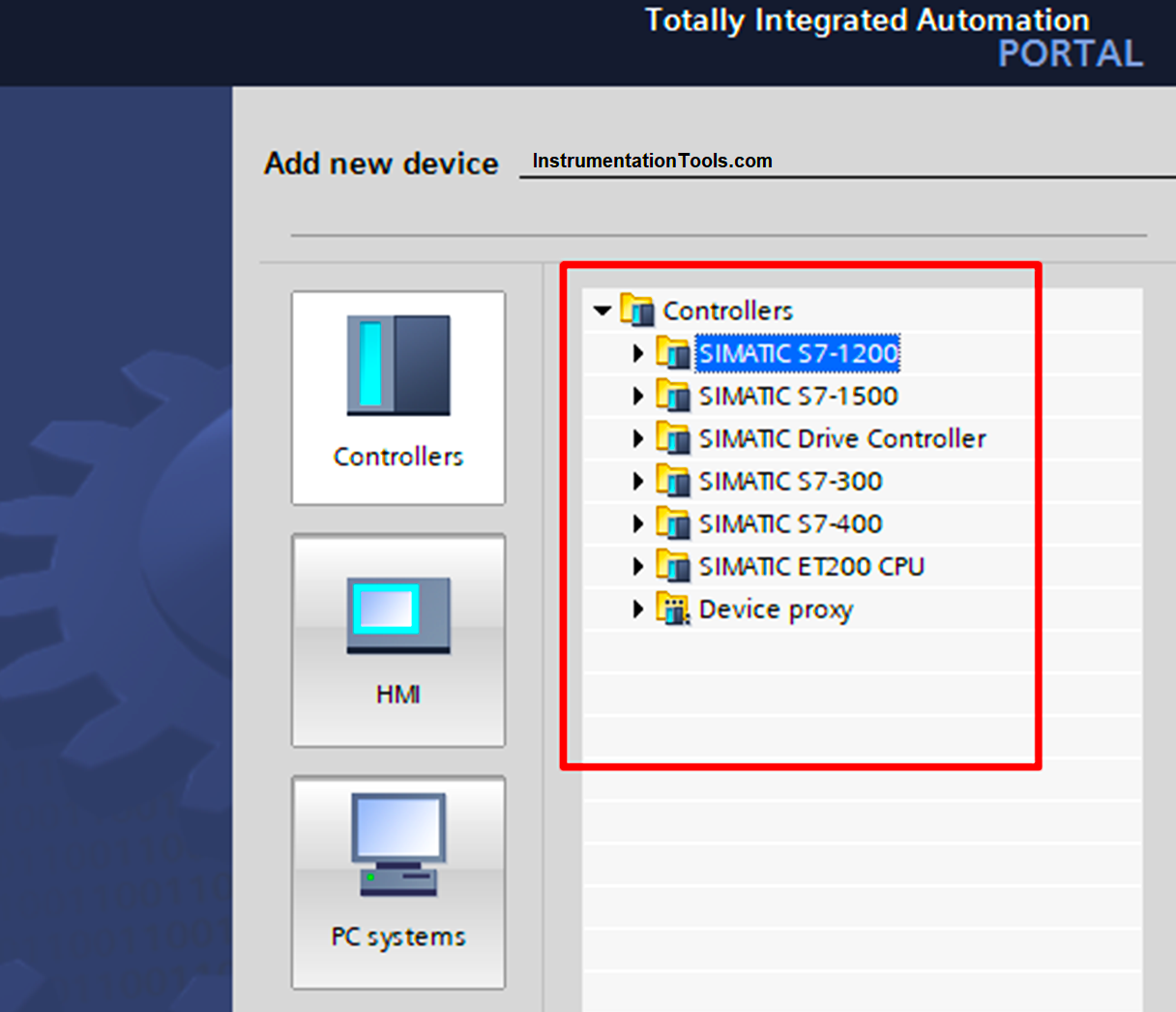
S7-1200 PLC
The Simatic S7-1200 is a versatile and cost-effective PLC that offers a range of models to meet different automation needs, making it a popular choice for small to medium-sized applications.
Here’s an overview of the different models in the S7-1200 series:
- Simatic S7-1200 CPUs:
These are the standard CPUs in the S7-1200 series, and they come in different versions, including CPU 1211C, CPU 1212C, CPU 1214C, CPU 1215C, and CPU 1217C. They offer more advanced functionality than the Basic Controllers, including built-in communication interfaces and additional I/O options. They also come in different versions, including DC/DC/DC, DC/DC/RLY, AC/DC/RLY, and AC/DC/TC. They have limited functionality but are ideal for simple control tasks.
- Simatic S7-1200 Safety Integrated:
This is a safety-certified version of the S7-1200 that includes safety-related functions, such as safety inputs, safety outputs, and safety communication, to enhance the safety of the automation system.
- Simatic S7-1200 SIPLUS:
This is a ruggedized version of the S7-1200 that is designed to operate in harsh environments with extreme temperatures, humidity, and vibration.
See picture 2 for different models of S7-1200.
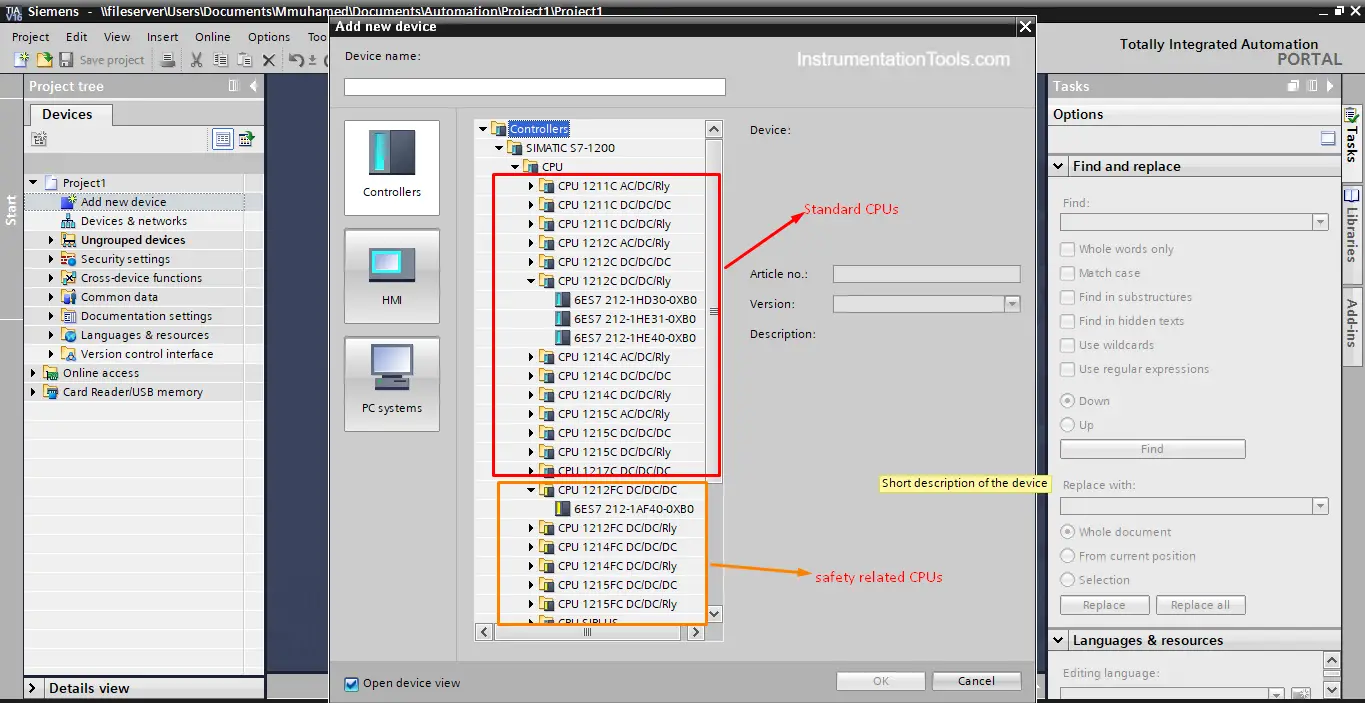
S7-1500 PLC
the Simatic S7-1500 is a powerful PLC that offers a range of models to meet different automation needs, making it a popular choice for demanding applications.
Here’s an overview of the different models in the S7-1500 series:
- Simatic S7-1500 Standard CPUs:
These are the standard CPUs in the S7-1500 series, and they come in different versions, including CPU 1511-1 PN, CPU 1513-1 PN, CPU 1515-2 PN, and CPU 1518-4 PN. They offer high-speed processing and advanced communication options, such as Profinet, Profibus, and Industrial Ethernet.
- Simatic S7-1500 Safety Integrated:
This is a safety-certified version of the S7-1500 that includes safety-related functions, such as safety inputs, safety outputs, and safety communication, to enhance the safety of the automation system.
- Simatic S7-1500 Advanced Controllers:
These are advanced versions of the S7-1500 that offer additional functionality, such as motion control, high-speed counting, and advanced communication options.
- Simatic S7-1500 T-CPU:
This is an advanced version of the S7-1500 CPUs that have extended motion control functions such as Kinematic functions and Gearing and camming functions.
- Simatic S7-1500 TM NPU:
This is a neural processing unit (NPU) that is designed for machine learning and artificial intelligence (AI) applications, such as predictive maintenance, quality control, and process optimization.
See picture 3 for different models of S7-1500.
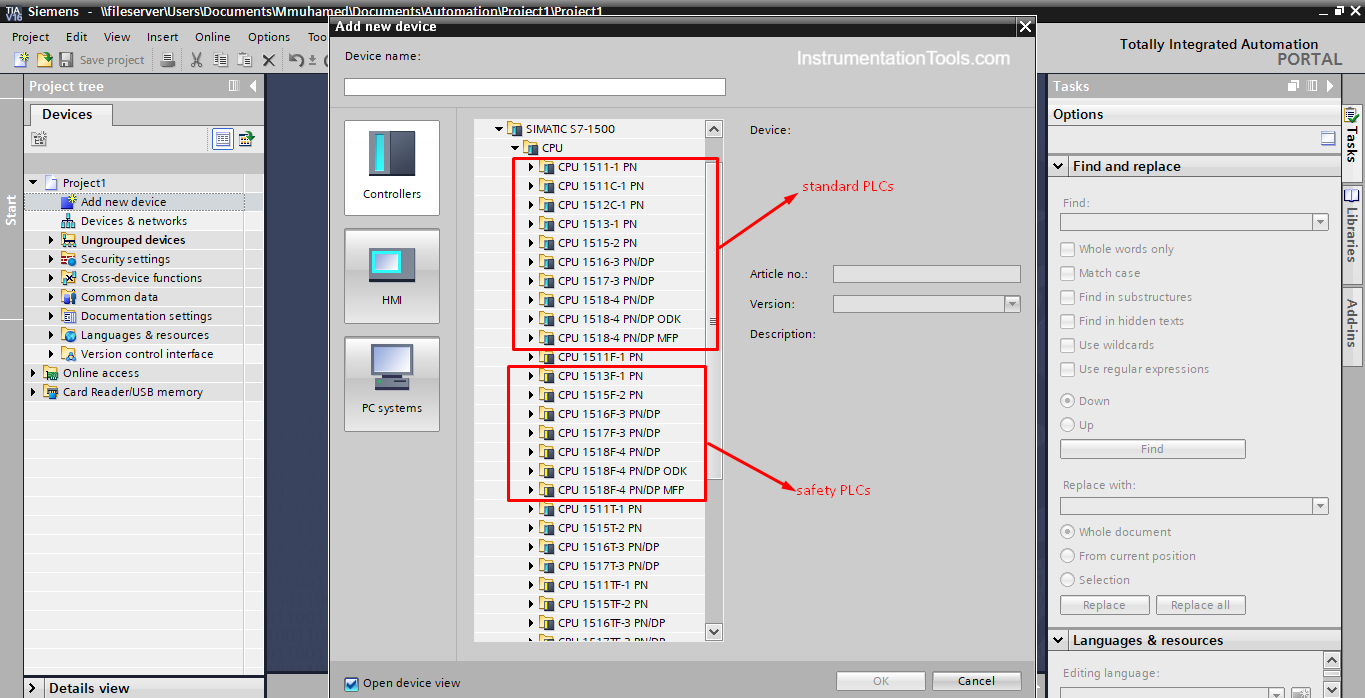
S7-300 PLC
- Simatic S7-300 CPUs:
These are the standard CPUs in the S7-300 series, and they come in different versions, including CPU 312C, CPU 313C, CPU 314C, CPU 315-2DP, CPU 317-2DP, and CPU 319-3PN/DP. They offer high processing power, advanced communication options, and a wide range of I/O options.
- Simatic S7-300 Fail-Safe CPUs:
These are safety-certified versions of the S7-300 CPUs that include safety-related functions, such as safety inputs, safety outputs, and safety communication, to enhance the safety of the automation system.
- Simatic S7-300 Compact CPUs:
These are compact versions of the S7-300 CPUs that offer reduced size and power consumption, making them ideal for applications with limited space and power supply.
- Simatic S7-300 Technology CPUs:
These are specialized CPUs that are designed for specific automation applications, such as motion control, temperature control, and process control.
- Simatic S7-300 Distributed Controllers:
These are modular controllers that offer distributed I/O and communication options, making them ideal for applications that require distributed automation.
See picture 4 for different models of S7-300.
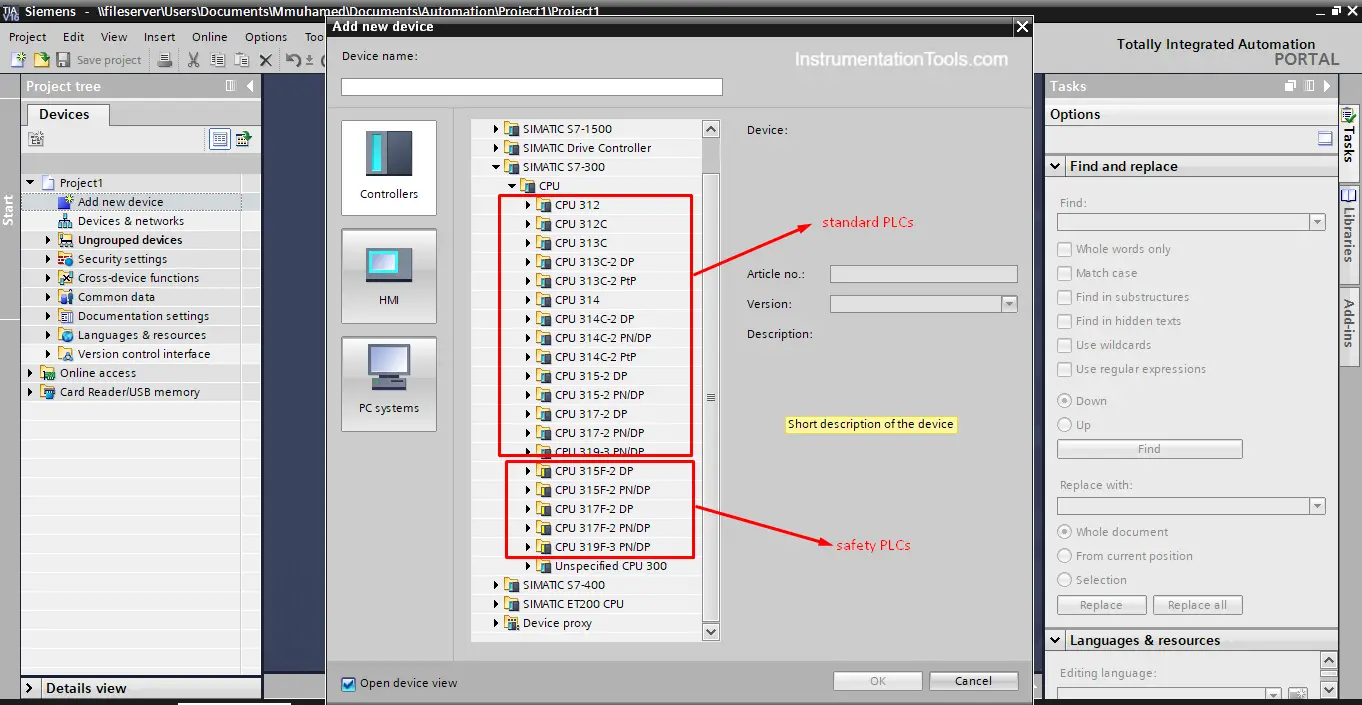
S7-400 PLC
- Simatic S7-400 CPUs:
These are the standard CPUs in the S7-400 series, and they come in different versions, including CPU 412-1, CPU 414-1, CPU 414-2, CPU 416-2, and CPU 417-4. They offer high processing power, advanced communication options, and a wide range of I/O options.
- Simatic S7-400H CPUs:
These are high-availability CPUs that offer redundancy options to enhance the availability and reliability of the automation system.
- Simatic S7-400F/FH CPUs:
These are safety-certified CPUs that include safety-related functions, such as safety inputs, safety outputs, and safety communication, to enhance the safety of the automation system.
- Simatic S7-400 Distributed Controllers:
These are modular controllers that offer distributed I/O and communication options, making them ideal for applications that require distributed automation.
See picture 5 for different models of S7-400.
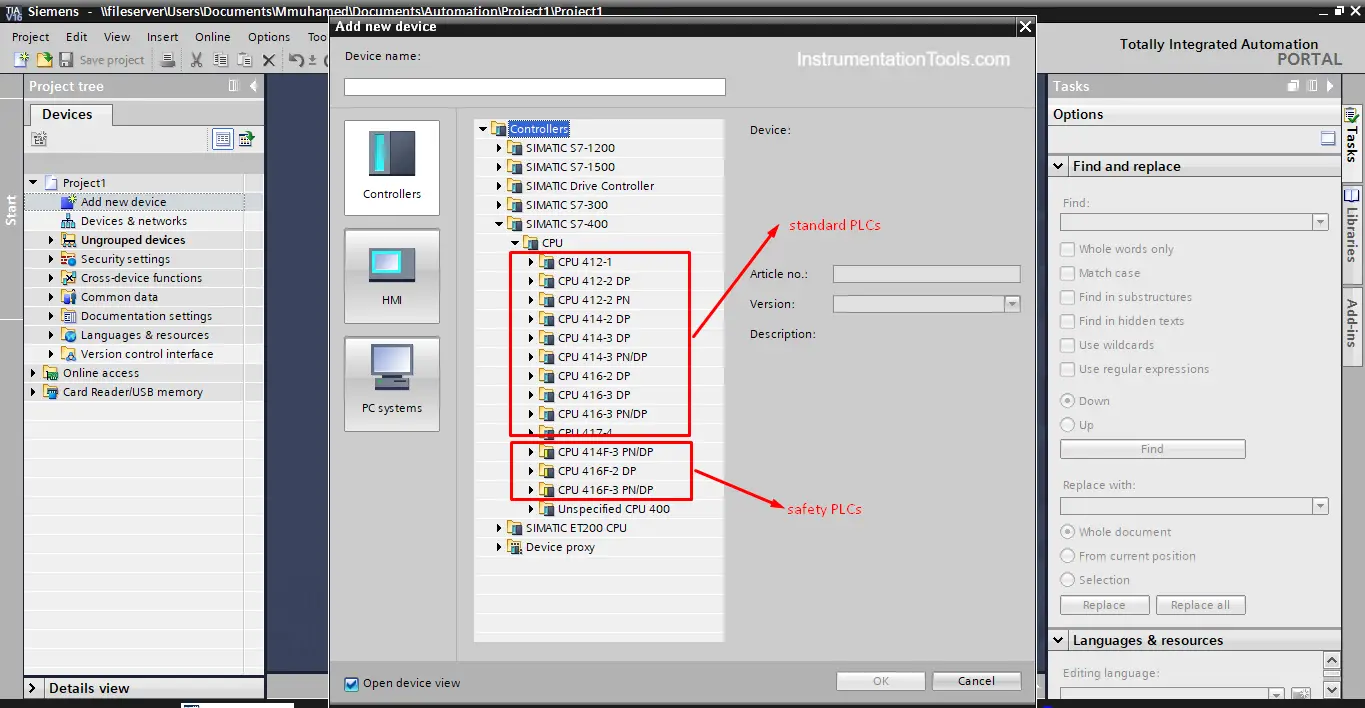
Simatic S7-ET 200 PLC
- Simatic S7-ET 200 CPUs:
These are the standard CPUs in the S7-ET 200 series, and they come in different versions, including CPU 1511C-1 PN, CPU 1513-1 PN, and CPU 1515-2 PN. They offer high processing power, advanced communication options, and a wide range of I/O options.
- Simatic S7-ET 200F CPUs:
These are safety-certified CPUs that include safety-related functions, such as safety inputs, safety outputs, and safety communication, to enhance the safety of the automation system.
- Simatic S7-ET 200SP CPUs:
These are compact CPUs that offer reduced size and power consumption, making them ideal for applications with limited space and power supply.
See picture 6 for different models of S7-ET200.
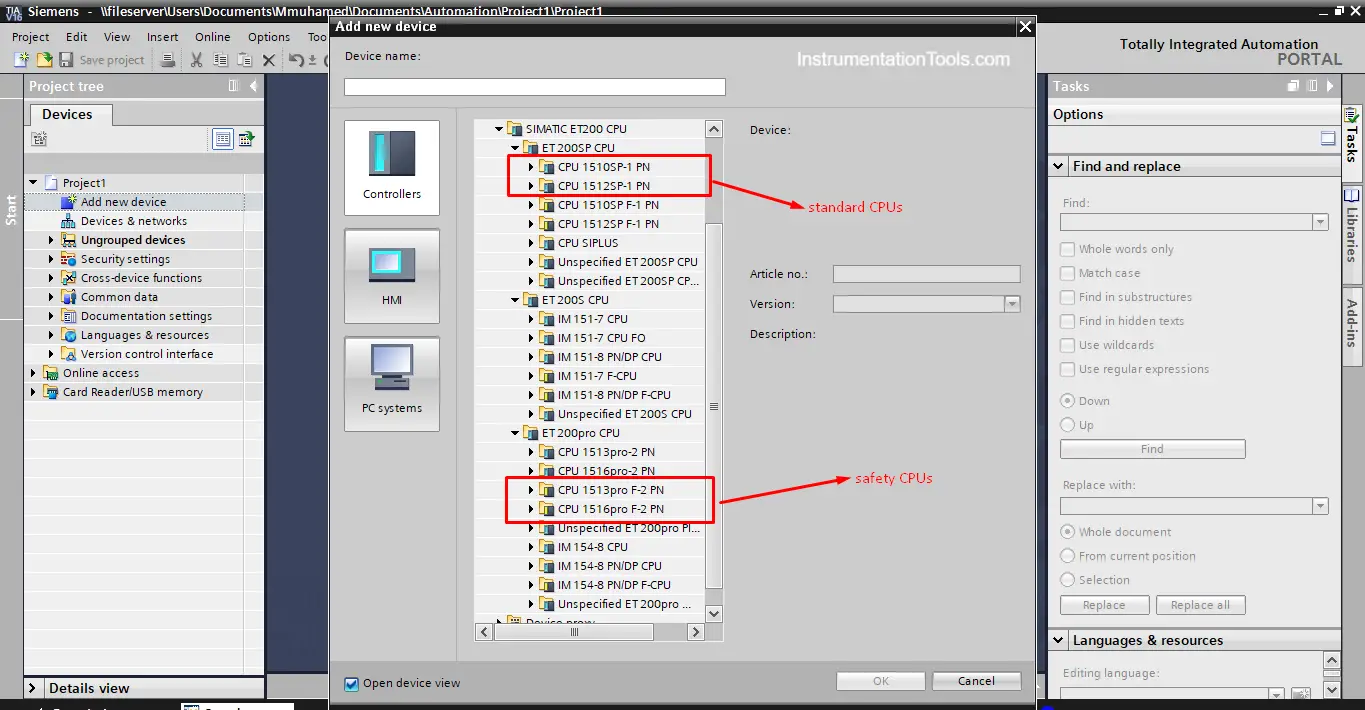
Why are there a lot of different models?
There are many different models of Siemens S7 PLCs to provide customers with a wide range of options and features to choose from, allowing them to select the PLC that best suits their specific automation needs.
Different models offer different features, processing power, memory, communication options, and I/O capabilities. Some models are designed for specific applications, such as motion control, temperature control, and process control, others are designed for general-purpose automation systems.
Also, as technology advances and new automation requirements arise, Siemens continues to develop and release new models and versions of S7 PLCs with enhanced features and capabilities, providing customers with the latest automation technology to help them improve their productivity, reduce their costs, and enhance their system’s performance.
How to decide which type of S7 PLCs best fits my application?
Choosing the right type of S7 PLC for your application requires careful consideration of several factors. Here are some general steps to help you decide which type of S7 PLCs best fit your application:
Determine the size and complexity of your automation system:
If you have a large and complex automation system, you may need a high-performance PLC, such as the S7-400 or S7-1500 that can handle a large number of I/O points and advanced communication options. If your system is smaller and less complex, a smaller PLC, such as the S7-1200 or S7-300, may be sufficient.
Identify the required I/O types and count:
Each S7 PLC has a different range of I/O options and capacity. You need to determine the type and number of I/O points that you need for your application and select the PLC that can support them.
Consider the required processing speed and performance:
Different S7 PLCs have different processing speeds and performance capabilities. You need to determine the required processing speed and select the PLC that can meet your performance requirements.
Evaluate the required communication options:
Different S7 PLCs offer different communication options, such as Ethernet, Profibus, Profinet, and AS-i. You need to determine the required communication protocols for your application and select the PLC that can support them.
Consider the required safety features:
If your application requires safety functions, such as safety inputs, safety outputs, and safety communication, you may need a safety-certified PLC, such as the S7-1500F or S7-400F.
Conclusion
Siemens provides a wide range of industrial automation products including various models of PLCs with different functionality and performance capabilities including the S7-1200, S7-1500, S7-300, and S7-400 CPUs.
The many different models of Siemens S7 PLCs are there to provide customers with a wide range of options and features to choose from.
Choosing the PLC model that best fits your Process requires some points to consider before selecting the PLC, some of these points are IOs count, safety requirements, and communication options.
If you liked this article, then please subscribe to our YouTube Channel for Instrumentation, Electrical, PLC, and SCADA video tutorials.
You can also follow us on Facebook and Twitter to receive daily updates.
Read Next:
- Shift Bit Register in PLC Logic
- PLC Programming Tips & Tricks
- Static and Temp Variables in PLC
- Power Supply Sizing for Systems
- FIFO and LIFO Sequences in PLC
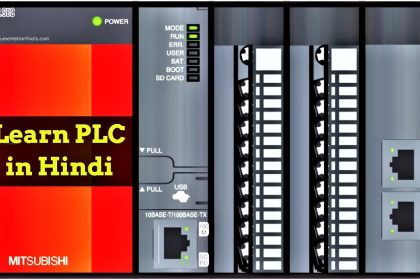
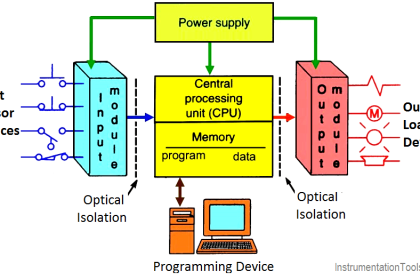
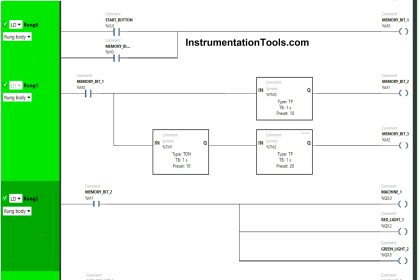
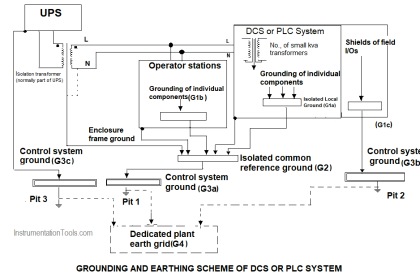
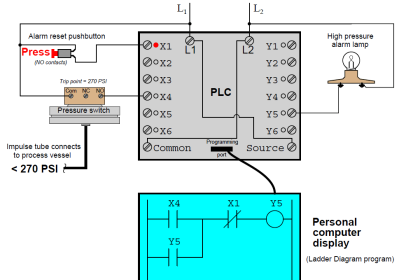

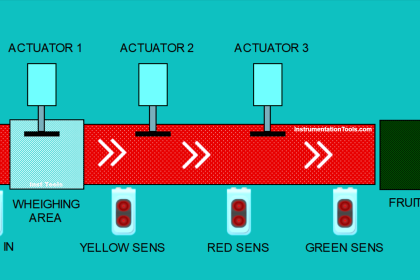
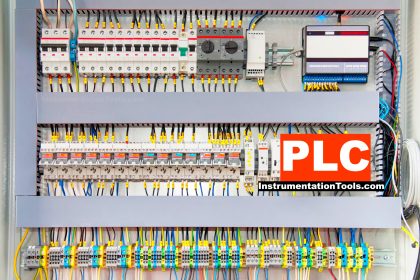



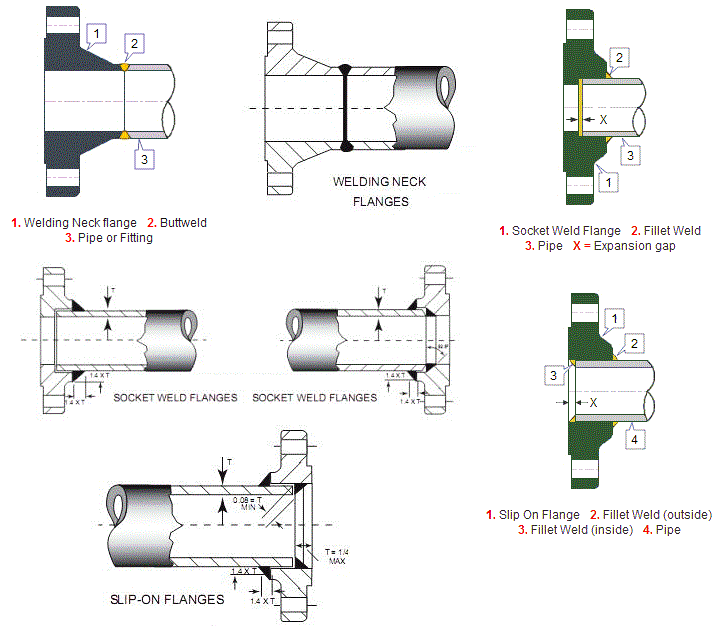
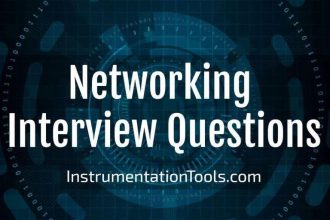
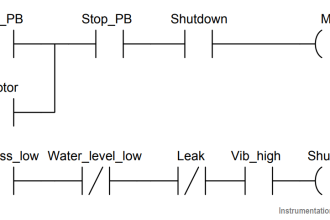
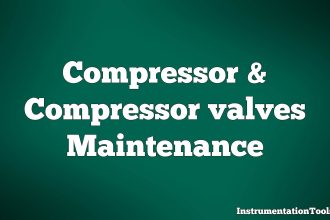


I want to read this topic then leave comment but starting is looking intrested